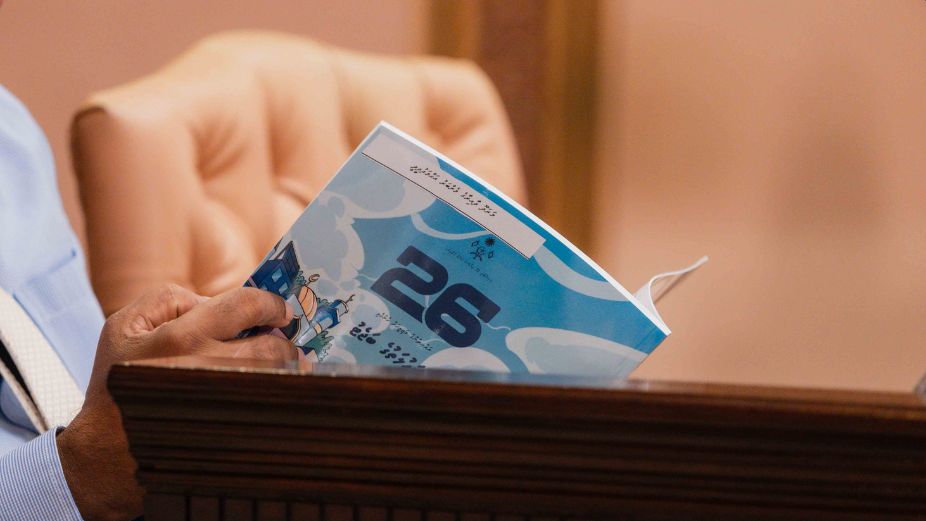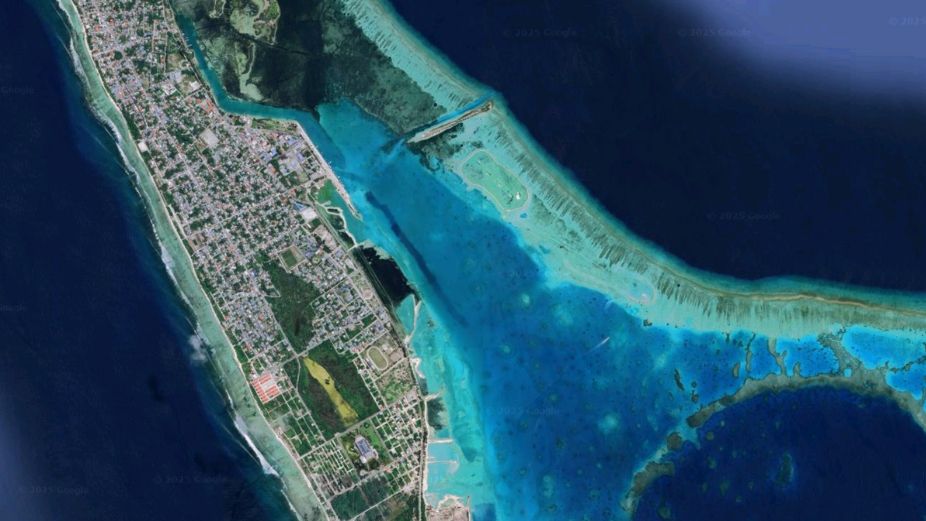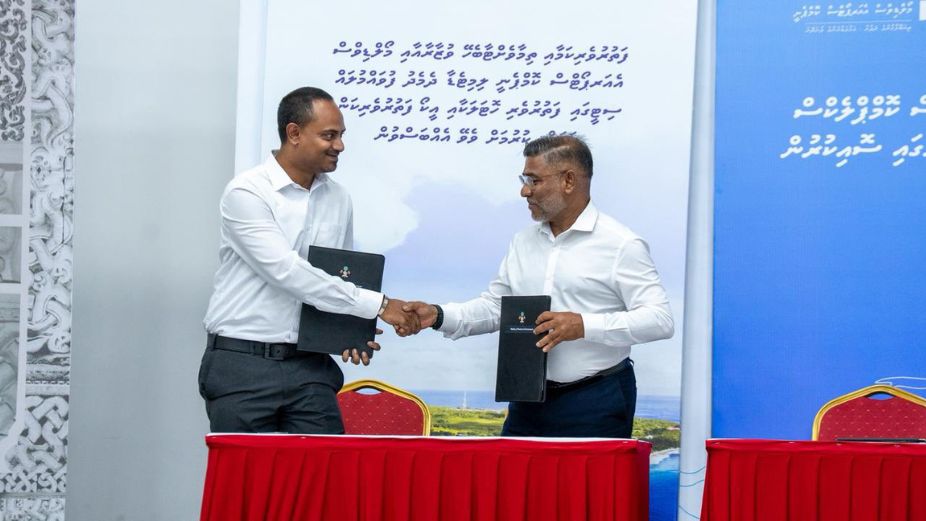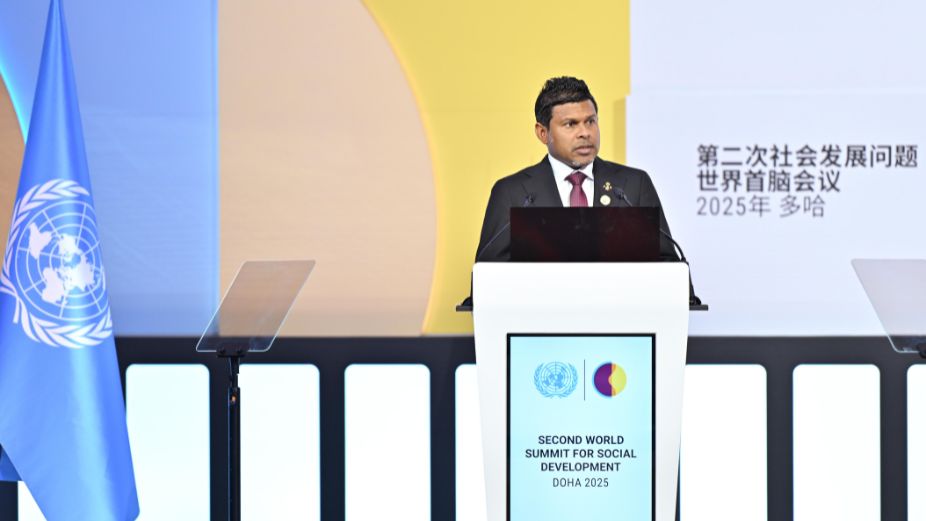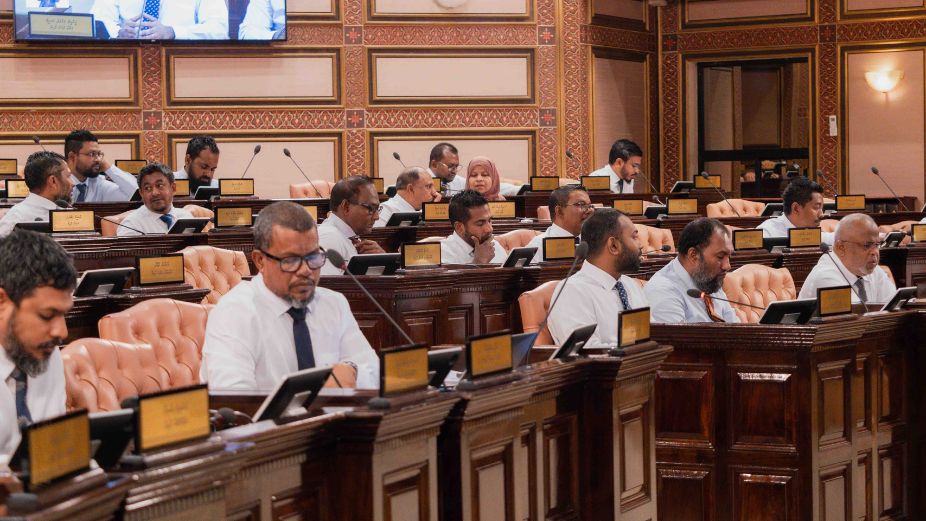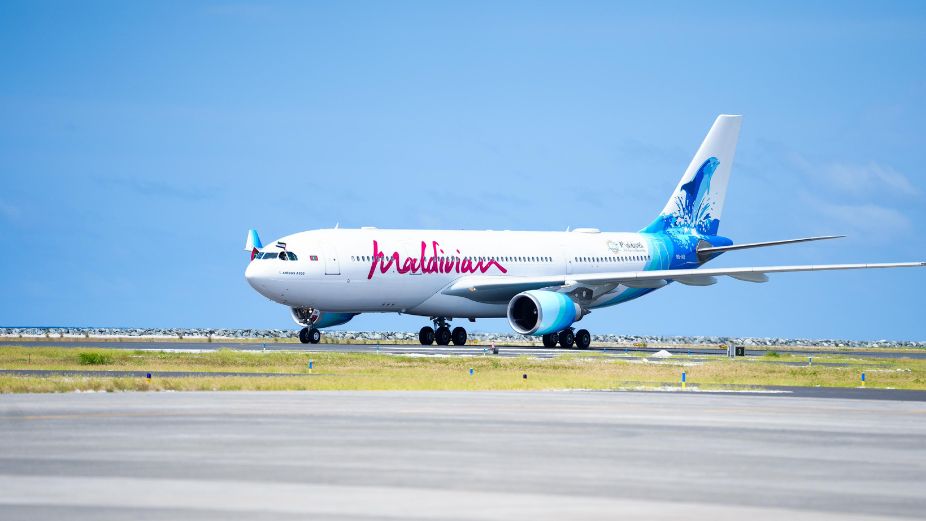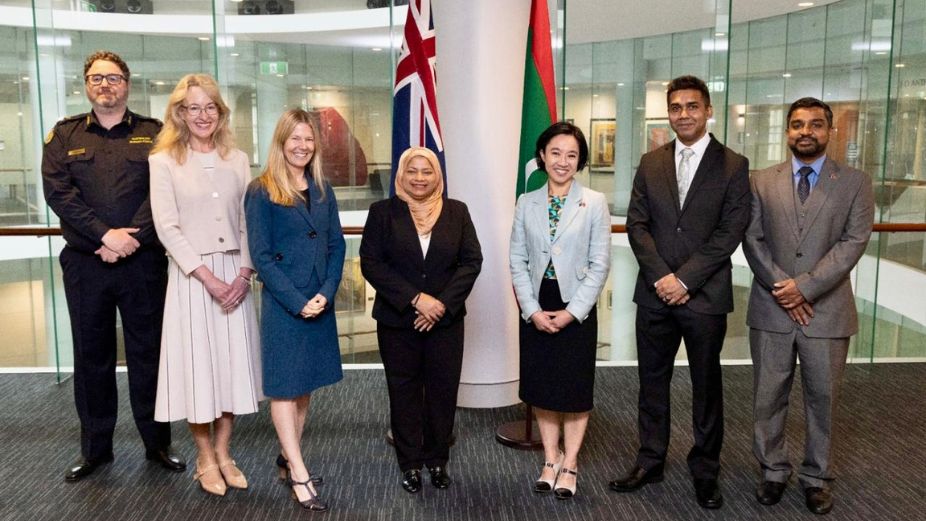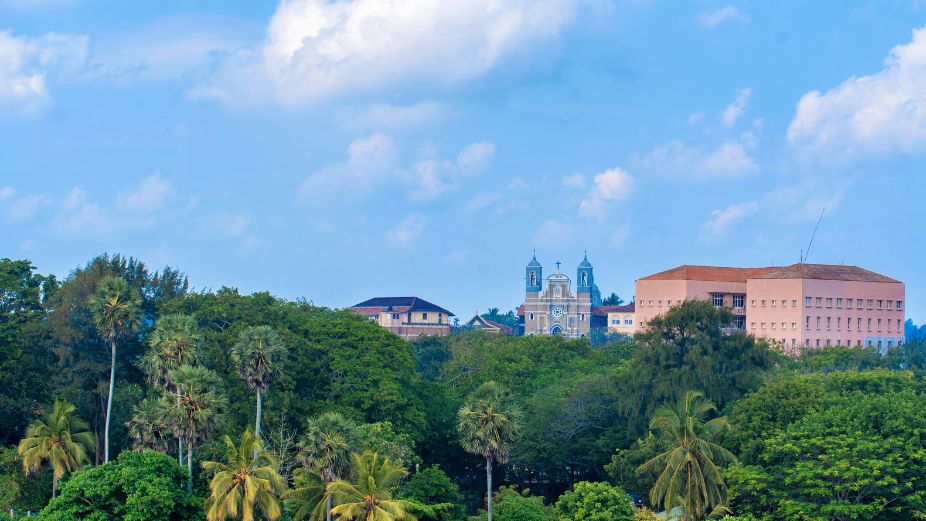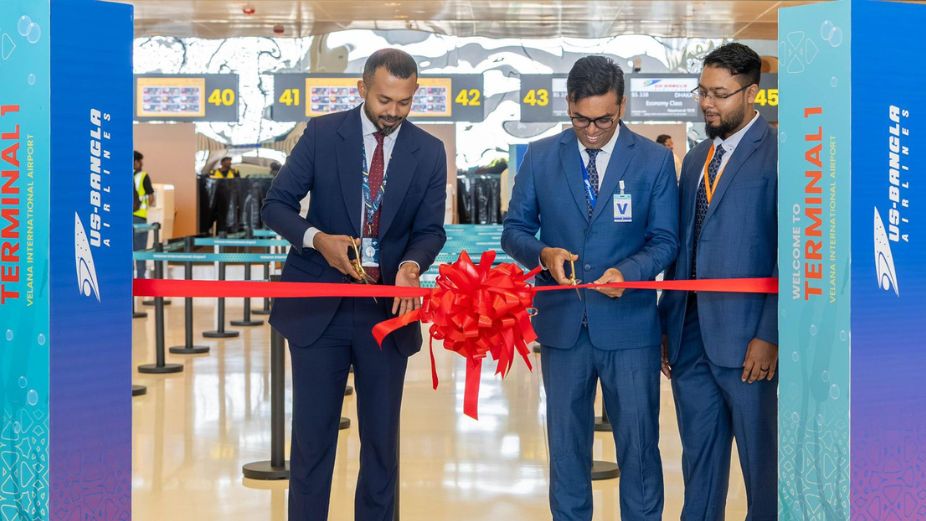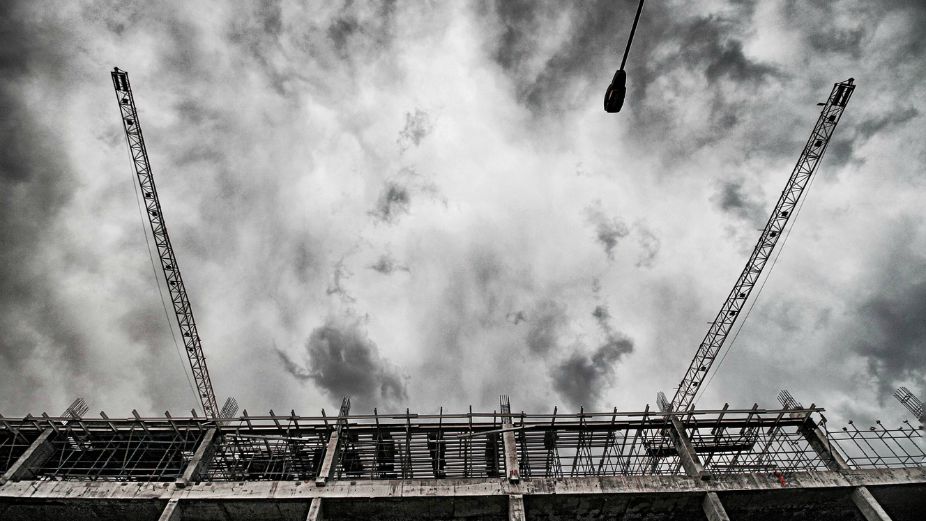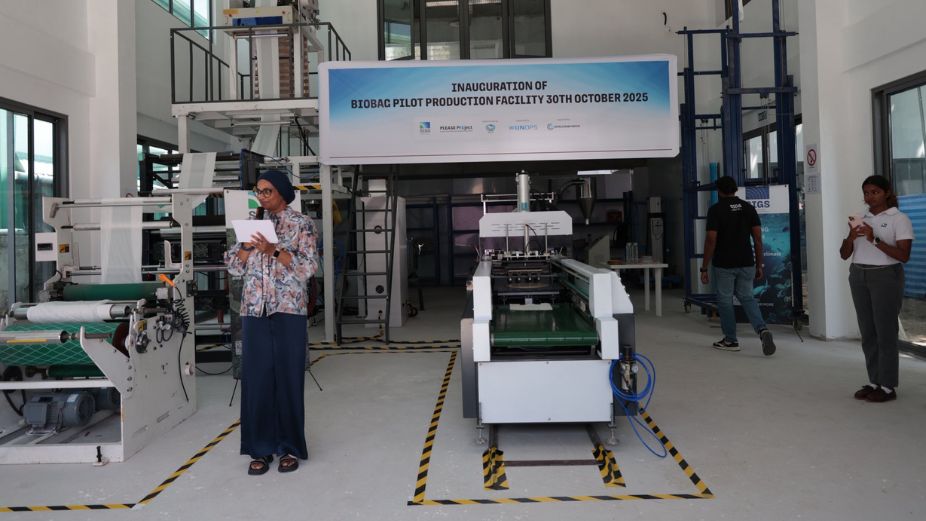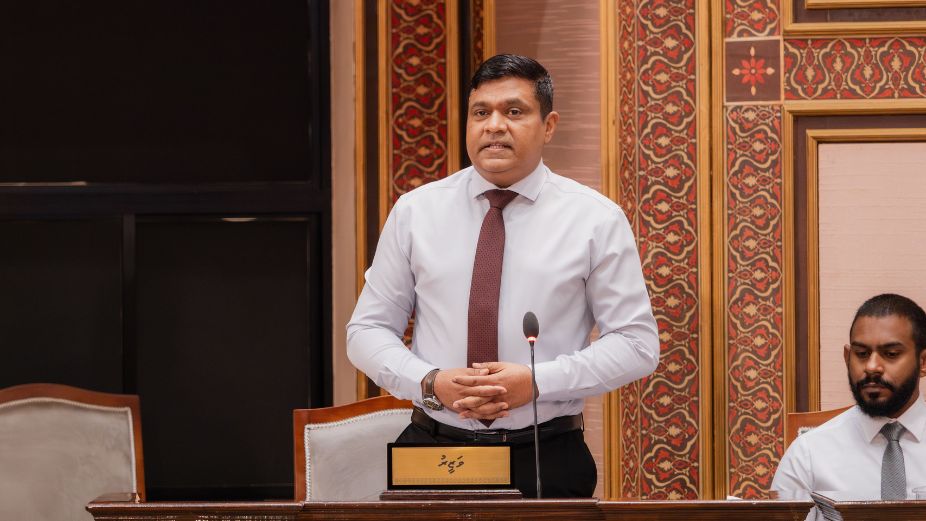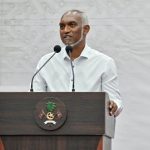The government’s 2026 state budget continues to signal fiscal strain despite claims of progress. Presented by Finance Minister Moosa Zameer, the record MVR 64.2 billion proposal comes at a time when international financial institutions warn that the Maldives remains at high risk of debt distress.
According to the World Bank’s latest update, debt service payments could consume up to 70 percent of government revenue by 2026, leaving limited fiscal space for essential sectors such as healthcare, education, and welfare. While the government maintains that fiscal discipline has been achieved through a reported budget surplus and timely debt servicing, data shows that the surplus largely reflects delayed capital spending rather than structural reform.
The government’s fiscal narrative centres on a 40-week budget surplus and higher reserve levels. However, official figures indicate that the surplus has declined sharply, from MVR 1.2 billion in June to just MVR 6.3 million by late October. The apparent surplus resulted primarily from under-execution of capital projects, with only MVR 4.2 billion of the allocated MVR 12.5 billion spent by late October.
At the same time, arrears have continued to accumulate. Government entities collectively owe billions to contractors, utilities, and healthcare providers. The National Social Protection Agency (NSPA) and Aasandha have outstanding payments exceeding MVR 1.15 billion to hospitals, clinics, and pharmacies.
Despite these constraints, the 2026 budget increases allocations for private insurance to MVR 99 million, compared to MVR 55 million in 2025 and MVR 46 million in 2024. Expenditure under this budget line covers judges, ministers, MPs, and other designated officials, as well as state assets such as six military drones purchased last year. Insurance spending for ministers alone will double, from MVR 2.5 million this year to MVR 5.3 million in 2026.
In contrast, funding for Aasandha remains unchanged at MVR 2 billion, despite service interruptions and continued arrears to healthcare providers. This stagnation comes as the national health insurance system faces operational and financial pressures, including hospitals abroad suspending services to Maldivian patients due to delayed payments.
The disparity between private insurance and public healthcare funding highlights a wider concern in fiscal prioritisation. Rather than strengthening Aasandha to improve accessibility, efficiency, and reliability, the state continues to maintain a dual system in which higher-level officials benefit from private coverage while the universal scheme struggles to remain solvent.
Internationally, comparable small states and developing economies have focused fiscal consolidation efforts on strengthening universal healthcare systems as a means of ensuring equitable access and containing long-term costs. The Maldives, however, appears to be moving in the opposite direction, expanding privileges for a limited group while maintaining flat funding for public health services.
While the government has pledged to achieve “macro-fiscal stability” through tighter revenue administration and debt management, key structural reforms remain pending. These include restructuring state-owned enterprises, rationalising subsidies, and improving efficiency in health and social spending—all of which were proposed in 2024 but have seen no substantive progress.
If fiscal reform is to take hold, analysts argue that it must begin with spending rationalisation that protects essential services rather than privileged entitlements. Redirecting non-critical insurance expenditure towards strengthening Aasandha, clearing arrears, and improving health system governance would send a stronger signal of commitment to equitable reform.
The 2026 budget, however, reflects the opposite: continued fiscal pressures, delayed reforms, and increased benefits for a select few.

